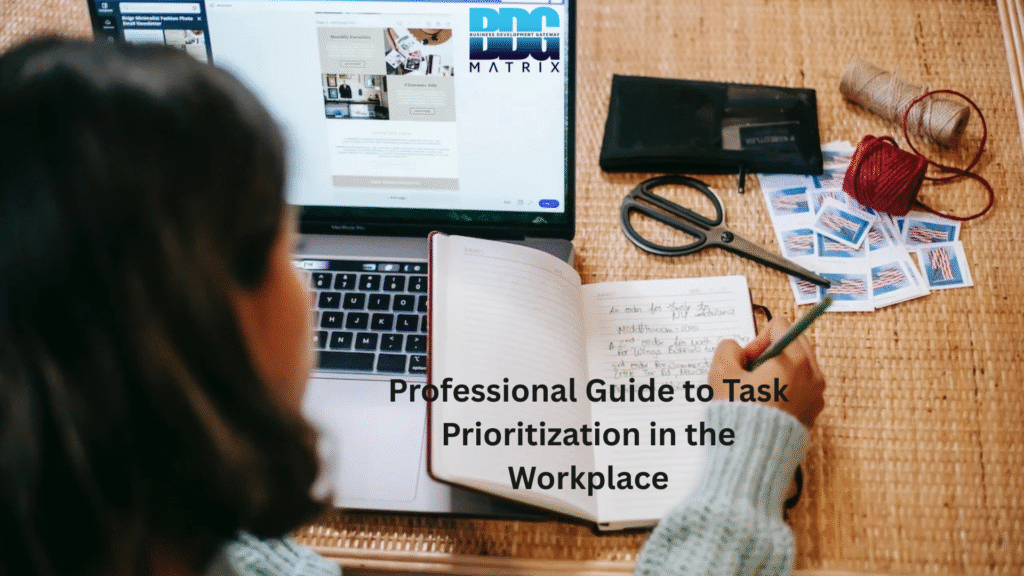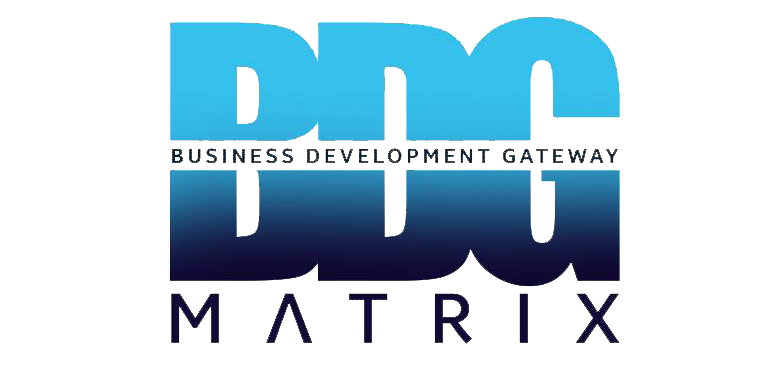Effective task prioritization is essential for maximizing productivity, meeting deadlines, and maintaining focus in a professional setting. By strategically organizing tasks, employees can ensure alignment with organizational goals and optimize their time. Below is a structured approach to prioritizing tasks in the workplace.
- Align Tasks with Organizational Objectives
Begin by understanding the broader goals of your role and the organization. Consider:
- Which tasks directly support team or company priorities?
- What deliverables have the greatest impact on key objectives?
- How do tasks contribute to long-term success?
This alignment ensures that your efforts focus on high-value activities that drive measurable outcomes.
- Apply a Prioritization Framework
A systematic framework provides clarity when evaluating tasks. Two effective methods include:
- Eisenhower Matrix: Categorize tasks into four quadrants based on urgency and importance:
- Urgent and Important: Address immediately (e.g., critical deadlines, urgent issues).
- Important but Not Urgent: Schedule for later (e.g., strategic planning, professional development).
- Urgent but Not Important: Delegate when feasible (e.g., routine correspondence, administrative tasks).
- Not Urgent and Not Important: Eliminate or minimize (e.g., non-essential activities).
- MoSCoW Method: Classify tasks as Must have, Should have, Could have, or Won’t have. Prioritize “Musthave” tasks, followed by “Should have” and “Could have” as time allows.
Select a framework that aligns with your workflow and apply it consistently.
- Document and Evaluate Tasks
Compile a comprehensive list of all tasks using a digital tool (e.g., Trello, Asana) or a written format. For each task, assess:
- Deadlines: When is the task due?
- Impact: How significantly does it contribute to goals?
- Effort: What time and resources are required?
- Dependencies: Does completion rely on others?
This evaluation provides a clear overview, preventing oversight of critical responsibilities.
- Focus on High Priority Tasks First
Address high impact, time-sensitive tasks during periods of peak productivity, typically early in the workday. Completing these tasks first ensures progress on critical objectives and reduces pressure from impending deadlines. Avoid prioritizing low value tasks for the sake of quick wins, as this can delay impactful work.
- Break Down Complex Projects
Large projects can be overwhelming, leading to procrastination. Divide them into smaller, actionable steps. For example, instead of “Complete annual report,” list:
- Collect financial data from department leads.
- Draft executive summary.
- Design supporting visuals.
These smaller tasks are easier to prioritize and track, facilitating steady progress.
- Delegate or Decline Non-Essential Tasks
Evaluate whether every task requires your direct involvement. Delegate routine or low-priority tasks to colleagues or support staff when appropriate. If a task does not align with your core responsibilities, respectfully decline or negotiate a revised timeline to maintain focus on priorities.
- Leverage Technology for Organization
Utilize tools to enhance task management:
- Task Management Platforms: Tools like Microsoft ToDo, Notion, or Todoist help organize and prioritize tasks.
- Time Blocking: Allocate specific time slots for high-priority tasks to maintain focus.
- Automated Reminders: Set alerts for deadlines to stay on schedule.
These tools streamline workflows and keep priorities visible.
- Regularly Review and Adjust Priorities
Workplace demands evolve, requiring periodic reassessment. Dedicate time daily or weekly to review your task list and ask:
- Do these tasks remain relevant?
- Have new priorities emerged?
- Am I allocating time effectively?
This practice ensures alignment with shifting objectives and deadlines.
- Minimize Distractions
Protect focus by creating an environment conducive to productivity:
- Disable non-critical notifications.
- Communicate boundaries during focused work periods.
- Employ techniques like the Pomodoro Technique (25-minute focused intervals) to maintain concentration.
- Reflect and Refine
At the end of each week, evaluate your prioritization process. Consider:
- Were high-priority tasks completed on time?
- Did unforeseen challenges disrupt your focus?
- How can the process be improved?
Conclusion
Task prioritization is a critical skill for professional success. By aligning tasks with objectives, applying structured frameworks, and leveraging technology, employees can manage workloads effectively and contribute meaningfully to organizational goals. Consistent practice and periodic reflection will strengthen this skill, enabling sustained productivity and professional growth.





